
| Recorded by: Mark Basinger on 2025-06-02
Brunswick Co.
Comment: | 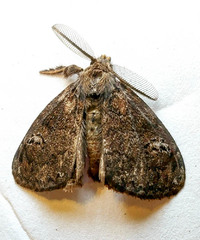
| Recorded by: Mark Basinger on 2025-05-31
Brunswick Co.
Comment: |
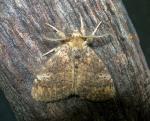
| Recorded by: R. Newman on 2025-05-28
Carteret Co.
Comment: | 
| Recorded by: R. Newman on 2025-05-25
Carteret Co.
Comment: |
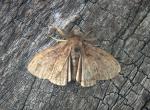
| Recorded by: R. Newman on 2024-06-08
Carteret Co.
Comment: | 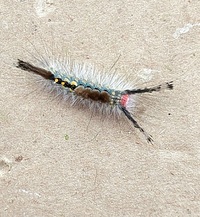
| Recorded by: Mark Basinger on 2024-04-28
Brunswick Co.
Comment: |

| Recorded by: Stephen Dunn on 2024-04-22
Orange Co.
Comment: | 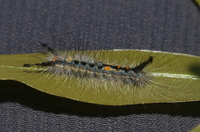
| Recorded by: David George, Jeff Niznik, Rich Teper on 2024-04-17
New Hanover Co.
Comment: |

| Recorded by: David George, Jeff Niznik, Rich Teper on 2024-04-16
New Hanover Co.
Comment: | 
| Recorded by: R. Newman on 2023-06-08
Carteret Co.
Comment: |
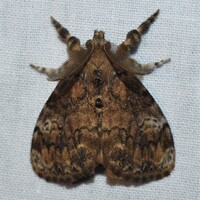
| Recorded by: David George, Jeff Niznik, Rich Teper, Erich Hofmann, Jesse Anderson on 2023-05-22
New Hanover Co.
Comment: | 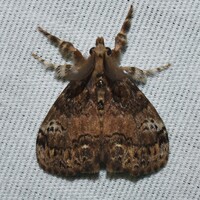
| Recorded by: David George, Jeff Niznik, Rich Teper on 2023-05-21
New Hanover Co.
Comment: |
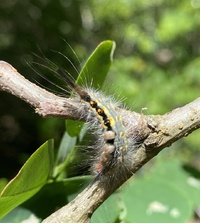
| Recorded by: David George, Bo Sullivan on 2023-05-02
Carteret Co.
Comment: | 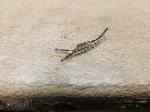
| Recorded by: K. Sanford on 2023-04-27
Camden Co.
Comment: |

| Recorded by: R. Newman on 2022-06-04
Carteret Co.
Comment: | 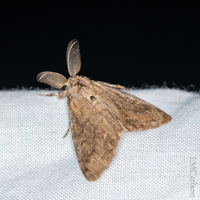
| Recorded by: Lior Carlson on 2021-07-24
Johnston Co.
Comment: |

| Recorded by: K. Sanford on 2021-05-31
Camden Co.
Comment: | 
| Recorded by: K. Sanford on 2021-05-25
Camden Co.
Comment: |
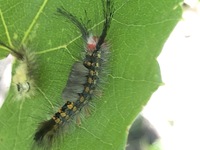
| Recorded by: Nicolette L Cagle on 2020-05-12
Columbus Co.
Comment: | 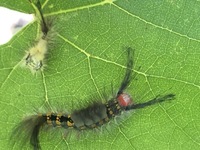
| Recorded by: Nicolette L Cagle on 2020-05-12
Columbus Co.
Comment: |

| Recorded by: J.B. Sullivan on 2016-04-12
New Hanover Co.
Comment: | 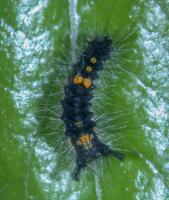
| Recorded by: Bo Sullivan on 2016-04-11
New Hanover Co.
Comment: Found feeding on Blueberry |
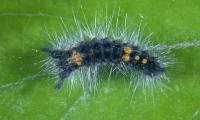
| Recorded by: Bo Sullivan on 2016-04-11
New Hanover Co.
Comment: Found feeding on Blueberry | 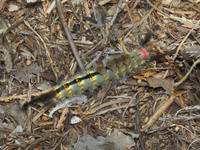
| Recorded by: Ed Corey on 2013-06-05
Bladen Co.
Comment: |

| Recorded by: Chris Helms on 2011-05-17
Columbus Co.
Comment: | 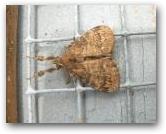
| Recorded by: Newman, Randy on 2007-06-12
Carteret Co.
Comment: |
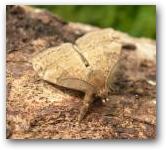
| Recorded by: Newman, Randy on 2006-06-04
Carteret Co.
Comment: | 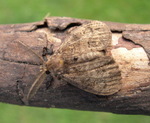
| Recorded by: Newman, Randy on 2005-06-22
Carteret Co.
Comment: |
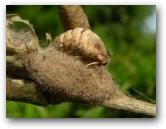
| Recorded by: Newman, Randy on 2005-06-21
Carteret Co.
Comment: | 
| Recorded by: Newman, randy on 2005-06-01
Carteret Co.
Comment: |
|

 »
»


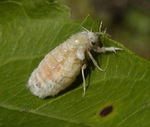

 »
»


